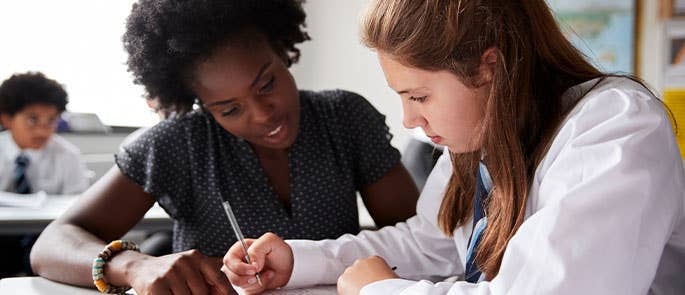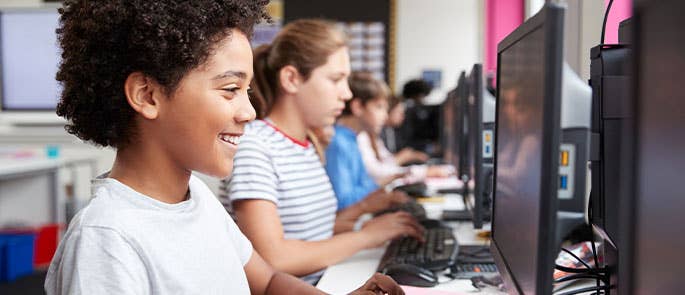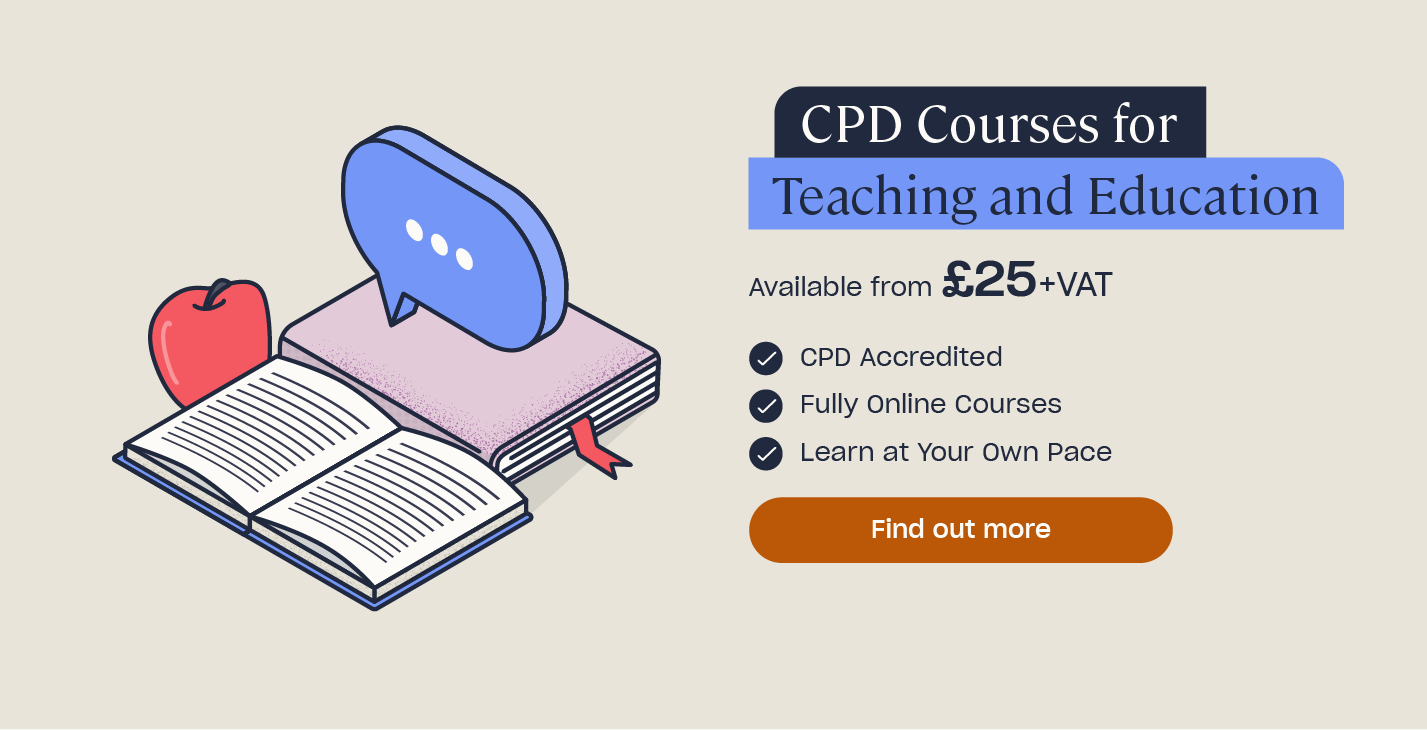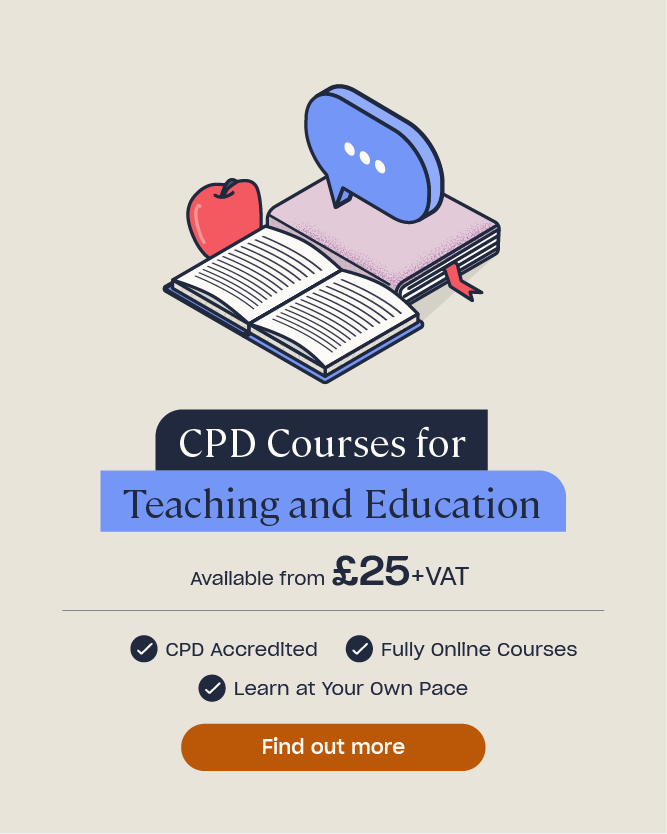What is Problem-Based Learning?
Problem-based learning (PBL) is a teaching method where students are presented with a problem that requires them to think critically, research independently and work collaboratively in order to apply their knowledge to the real world. In this article, we’ll explain more about what problem-based learning is, provide some examples and practical problem-based learning strategies, and help you understand how this teaching method can be applied in your classroom.

What is Problem-Based Learning (PBL)?
Problem-based learning is a teaching method where students are active participants in their learning rather than passive listeners. The teacher takes on the role of a facilitator, guiding students as they identify what they need to know in order to solve open-ended problems.
In PBL, teachers avoid providing students with all the answers up front, and the focus of learning is shifted from the teacher to the student. Teachers still play an important role, but instead of directing every step of the lesson, they encourage students to take responsibility for their own learning.
In today’s classrooms, preparing students for life beyond their exams is increasingly important, and skills such as adaptability, collaboration and resilience – alongside subject knowledge – are highly valuable. Problem-based learning is a teaching method that’s well-suited to developing these skills, as it demands active engagement and thoughtful application of knowledge.
It’s useful to distinguish PBL from other related teaching methods, such as project-based learning and the problem-solving method:
- In project-based learning, students focus on the outcome and are required to create a final product, such as a presentation or model. Problem-based learning, on the other hand, focuses more on the process of inquiry and understanding.
- The problem-solving method involves practising known procedures to reach a solution. In problem-based learning, exploration and questioning are encouraged, and students are required to discover procedures that are yet unknown to them.
The Process of Problem-Based Learning
The process of PBL can be broken down into six stages:
- Present the problem. Students are introduced to a real-world or curriculum-based problem without a clear solution.
- Define the problem. The class works to clarify what the problem is and what they are being asked to solve.
- Identify knowledge. Students consider what they already know and what they need to find out.
- Research and investigate. Students seek out relevant information through research, discussions and exploration.
- Solve. Students develop possible solutions, test ideas and decide on the most effective approach.
- Reflect. Students review both the outcome and the learning process, identifying strengths and successes, as well as areas for improvement.
Advantages of Problem-Based Learning
Problem-based learning can transform the classroom experience for both students and teachers, and helps to develop skills that are essential for lifelong learning. Advantages of problem-based learning include:
- Students develop independent learning skills and greater confidence in their ability to tackle unfamiliar tasks. They learn how to identify gaps in their knowledge and take responsibility for filling them.
- Collaboration encourages teamwork, communication and respect for different perspectives. Working in mixed groups helps students learn to listen actively, negotiate roles and share responsibilities, as well as develop their social skills.
- Critical thinking and analytical skills are strengthened as students are required to evaluate information, test different solutions and justify their decisions.
- Engagement is often higher because students see a clear purpose in their learning. Problems are usually set in meaningful, real-life contexts, which helps maintain curiosity and motivation.
- Teachers benefit from a more dynamic classroom, where their role shifts from delivering content to supporting enquiries. This can make lessons more interactive and rewarding and creates a more positive classroom environment.
- The classroom culture becomes more student-centred, encouraging both resilience and adaptability. Students learn that mistakes and setbacks are part of the process, rather than failures to be avoided.
It’s important to acknowledge that there are disadvantages of problem-based learning. For teachers, planning and facilitating PBL can take more time than traditional teaching methods, and some students may initially feel uncertain without clear direction. However, with careful scaffolding and the gradual introduction of PBL, these challenges can be managed effectively.

Problem-Based Learning Examples
Below are some examples of problem-based learning being applied to the curriculum:
- Primary science (Year 5) – students are asked to investigate why a local pond has fewer fish than before. They explore topics such as habitats, food chains and pollution, leading to practical suggestions for environmental care.
- Secondary history (Year 9) – students are given the scenario of being advisers to a monarch during a period of political unrest. They must analyse historical sources, weigh up evidence and propose strategies for leadership.
- Secondary maths (Year 10) – students work on planning the budget for a school event. They use algebra, percentages and data handling to solve real-world financial problems.
- Primary English (Year 4) – students are tasked with helping a character from a story solve a dilemma, such as convincing a town to welcome an outsider. This encourages persuasive writing, empathy and creative thinking.
- Secondary geography (Year 11) – students are asked to plan how a coastal town should adapt to the threat of flooding. They use geographical knowledge, environmental data and local planning issues to create proposals.
Problem-Based Learning Strategies
Teachers who are new to problem-based learning often find that starting out can feel daunting, as it requires a change in classroom dynamics, lesson planning and assessment methods. Having a clear set of practical strategies can make the transition smoother, and helps to ensure that students get the most out of the approach.
The following 10 suggestions are a starting point for teachers to help you introduce PBL in a manageable and effective way:
- Start with small, manageable problems.
- Link problems to real-life contexts that students can relate to.
- Encourage group work but set clear roles.
- Provide scaffolding by guiding questions.
- Allow time for reflection and feedback.
- Balance open-ended inquiries with curriculum objectives.
- Use classroom technology to support research.
- Develop assessment methods that value processes as well as outcomes.
- Encourage students to present and explain their solutions.
- Be flexible and willing to adapt as the class progresses.
Problem-based learning provides an effective way to engage students, strengthen their critical thinking and connect classroom knowledge to real-world challenges. While it requires thoughtful planning, its benefits for both students and teachers make it a valuable teaching method. By introducing PBL, schools can encourage learners so they are well-prepared for exams and also equipped for life beyond the classroom.
Further Resources:
- CPD Courses for Teaching and Education
- 8 Teaching Methods to Use in the Classroom
- What is the Problem-Solving Method of Teaching?
- Collaborative Learning in the Classroom
- What is Kinaesthetic Learning?
- What is Active Learning?
- What is Expeditionary Learning?











